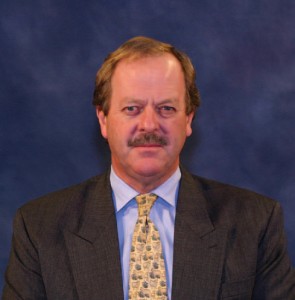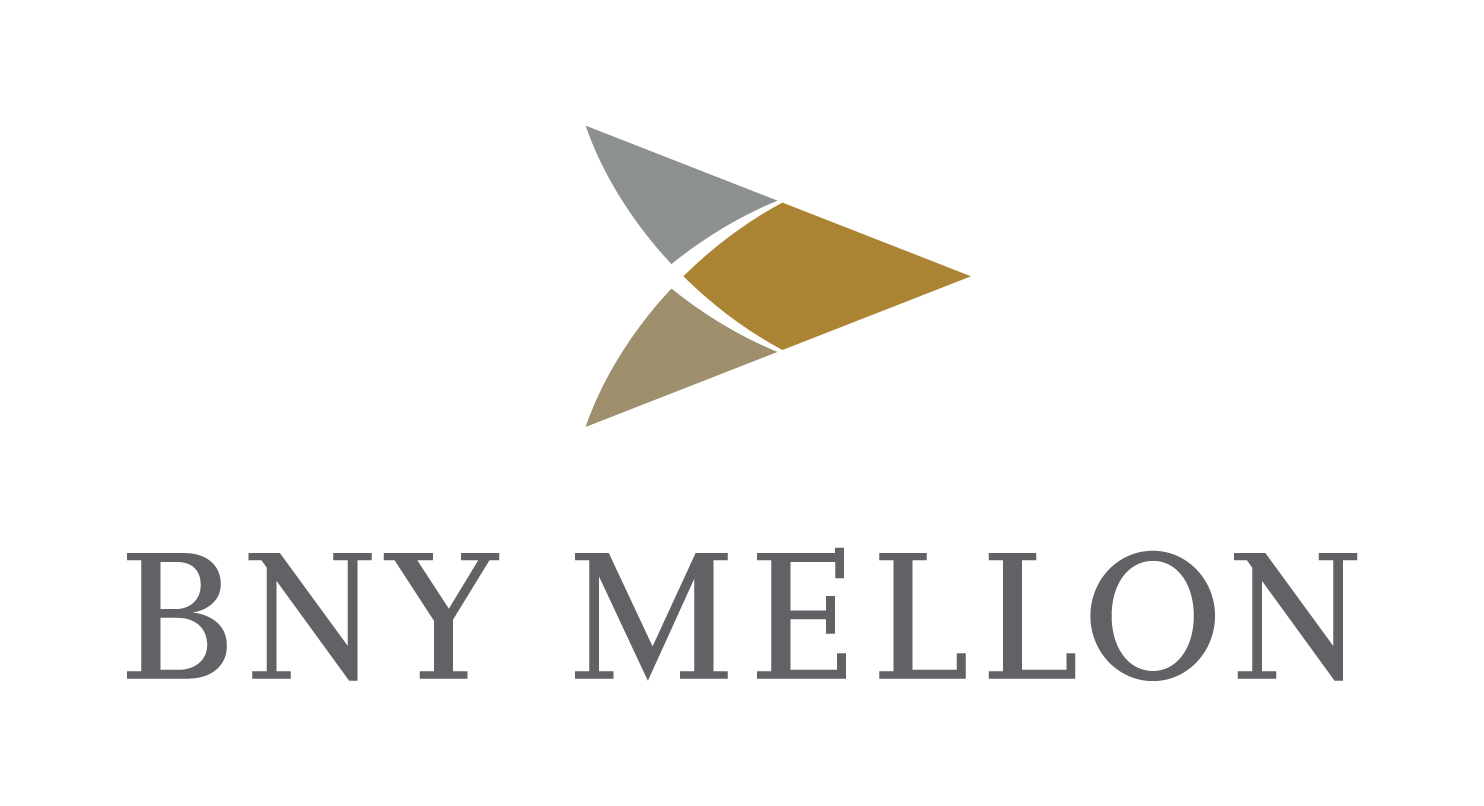Rigorous management coupled with conservative principles have allowed Invesco to demonstrate how its investment options provide security and preserve core values. PAUL MELLY reports.

“Our primary focus is to ensure the safe return of each dollar – rather than to take risks to generate an excessive return on a dollar,” says Tim Jackson, institutional product director at Invesco Asset Management.
“Cash reserves are hard-earned, a crucial resource to support future activity and underpin a company’s financial strength. So when a business entrusts their surplus liquidity to a specialist institution such as ourselves, the absolute first priority is to ensure the preservation of these funds.”
This is even more important in today’s tough economic environment, where the value of other assets, such as shareholdings and capital market instruments, property or stock, is often uncertain. Cash is, therefore, of critical value.
“Security of principal and unconstrained liquidity have to come first for us; the investment yield on the cash reserves that we manage is a function of these two priorities. The most important issue is creditworthiness and ensuring that funds can be repaid when required,” explains Jackson.
“And that’s where we can make our professional expertise and 30 years of experience really count. Our money market funds are AAA-rated by all three main international; ratings agencies.”
Invesco has taken a highly conservative approach to the management of portfolios. The integrity of the credit process followed by Invesco has been proven over time and has avoided sovereign losses (Iceland, Ireland and Italy), corporate failures (eg: Lehman) or participation in flawed instruments such as “special investment vehicles”.
Moreover, funds are managed in as transparent manner as possible.
“When a client places money with us, they are buying into a rigorous credit process. We are showing them what we are doing every day throughout the months that the funds are with us. If they wish, they can scrutinise what we are doing in fine detail, line by line,” says Jackson.
One of the key operational principles is the separation between the roles of the portfolio managers – who manage the client funds – and the credit team who assess investment options and decide whether they meet the tough credit criteria that Invesco sets.
“The credit team provides our portfolio managers with a pre-selected and constantly monitored list of acceptable credits. It is from this list that portfolio managers select a blend of investment options to suit the needs of a particular client. At any one time, we generally have up to 100 such approved credit lines available for the portfolio managers to choose from,” explains Jackson.

The main short-term credit research team is based in Houston, where Justo Gonzalez is a leader in the nine-strong credit team.
“The members of my unit are specialists in different business sectors that we consider for cash and reserve management,” he says. “Their expertise is complemented by Invesco’s team of macro-economists, who support the cash business, as well as that of the credit teams covering longer term assets and fixed income financial instruments.”
Altogether, Invesco has $670bn under management around the world. The firm has 6,000 staff with investment centres in 11 countries.
The group that looks after money market funds is just one unit. It is divided into a team of short-term credit risk analysts, led by Gonzalez, and a distinctly separate team of portfolio managers, both of which report to the head of fixed income.
For each investment asset (or credit), approval is confirmed by two criteria – firstly the term (the length of time for which the investment is committed); secondly, the scale (ie: the value of the commitment, in dollars). If they feel these limits constrain investment opportunities too tightly, the portfolio managers do have the right to ask their credit colleagues to review the situation.
But, as Gonzalez points out, “It is the credit team that have the final say and history shows that on the majority of occasions, the credit team has turned down requests for limits to be increased.”
“We are constantly monitoring the performance of issues of fixed income investment paper. These have to meet minimum risk criteria; then, provided they do so, the strength of the asset in question is reflected in the exposure limit that we set.”
Moreover, Gonzalez says that through constant monitoring, the credit team aims to be “ahead of the curve” as investment conditions change.
“For example, during the US real estate bubble, we saw pressure starting to build up during 2007. We responded by deciding to implement a comprehensive review of all relevant banks in detail, ranking them according to the level of their exposure to construction and real estate. On the basis of this we set new limits for our own exposure to these banks and withdrew funds where we felt necessary,” he recalls.
“Additionally, in 2007 we carried out a similar review of our exposure to sovereigns. We positioned our portfolios only in top-level banks in the strongest countries.”
As the global crisis of autumn 2008 unfolded the positioning of the portfolios allowed Invesco to provide unconstrained liquidity to those clients who needed to call on their cash reserves sooner than exected. Invesco was well placed to meet the demands of the global cash market.
Invesco’s funds are diversified across a variety of assets, notably bank deposits, commercial paper and medium-term notes. But the range is conservative.
“We don’t get too excited about exotic instruments or markets. Our DNA is conservative,” says Gonzalez.
Even so, the range of investment options is gradually widening, because a growing number of major companies – particularly Canadian, Australian and American firms – are issuing commercial paper.
“The range of issuers covers a broad spectrum of economic sectors: mining, technology, food, capital equipment manufacture. We monitor major players who are issuing programmes of at least $1bn; we limit our own exposure to any one issue to a maximum of $200-300m and that issuance becomes available for inclusion in all our eligible cash management portfolios.”
Currently, Invesco’s short-term money market funds have more than $70bn under management, with significant additional assets managed in separate accounts.
“Issuers have to be ‘top tier’ in their sector; there has to be a liquid market in their paper, so we can easily buy more or sell assets off; and they have to have demonstrated strong credit metrics,” says Gonzalez.
In geographical terms, because of the crisis in the Eurozone, the balance of the investment has shifted somewhat away from Europe and towards US, Canadian and Australian industrial sector assets, in addition to selective Pacific Rim countries. But the scope for investing in south-east Asia is limited by a shortage of issuers of investment paper in these regions and the absolute need to focus on countries with high standards of transparency and financial results reporting.
Of course, there are also challenges in Western countries facing the current economic and financial crisis. In today’s tough environment it is hard to see far ahead, at a time when decisions over debts and deficits are so politically contentious.
That only reinforces the compelling case for placing cash and reserves in transparent and diversified liquidity portfolios that include AAA-rated money market funds.
Through rigorous management on conservative principles, Invesco has demonstrated how such funds can provide security and preserve core value.
 Cash And Trade Magazine For Cash and Trade professionals in the Middle East
Cash And Trade Magazine For Cash and Trade professionals in the Middle East




